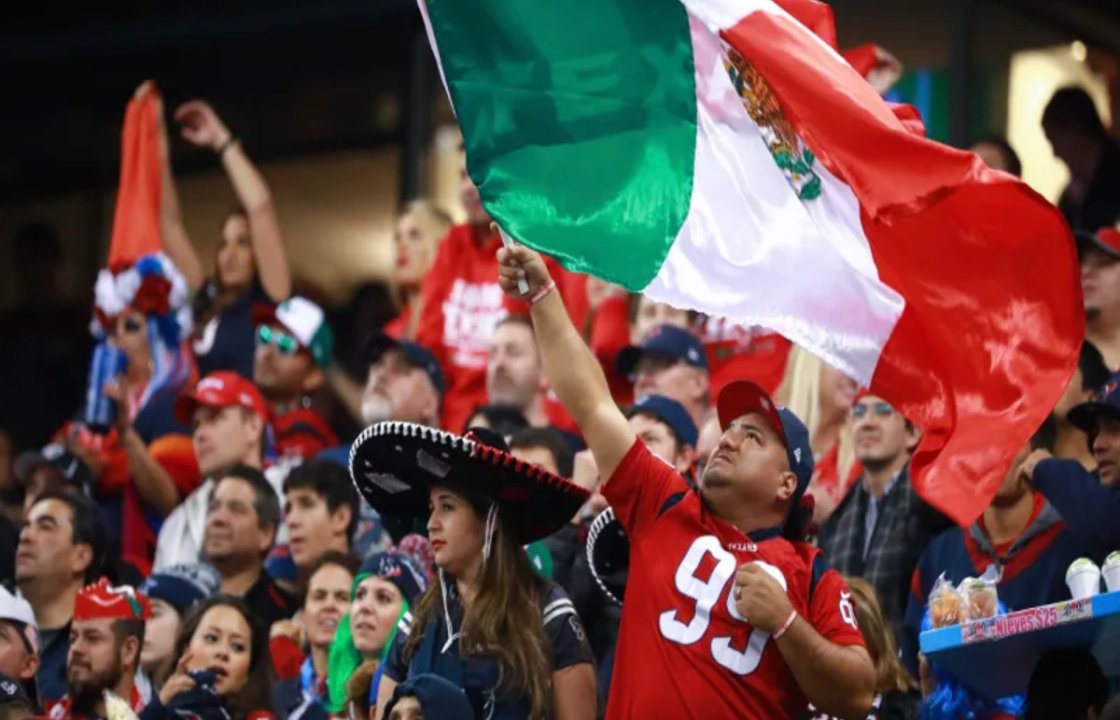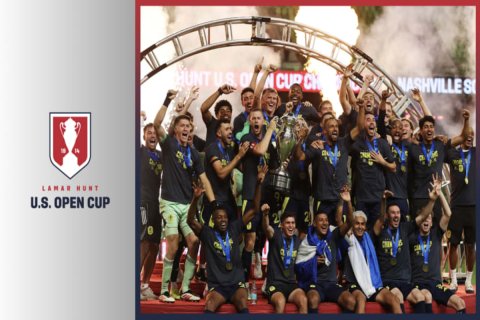The heartbeat of American sports is changing, and at its center is the Hispanic fan base, growing stronger, louder, and more influential than ever before.
A Cultural Force in Sports
In the United States, sports are much more than games—they are cultural touchstones. Over the past few decades, the Hispanic community has emerged as one of the most dynamic and loyal audiences in the sports world. With a population exceeding 65 million people, Hispanics now make up nearly 20% of the U.S. population, and their influence is felt everywhere, from stadiums to streaming platforms.
For many Hispanic fans, sports—especially soccer—are tied to heritage and identity. Soccer is not just a pastime but a cultural inheritance, passed down from generation to generation. Yet this fan base is far from monolithic. Within the broader Hispanic community, there are Mexicans, Puerto Ricans, Colombians, Salvadorans, Argentinians, and many more, each bringing their own unique traditions, rivalries, and styles of support. This diversity makes the Hispanic audience particularly rich and vibrant, fueling sports growth in the U.S. like no other group.
Soccer: The Gateway Sport
Soccer has been the most powerful driver of Hispanic sports engagement in the United States. Events like the FIFA World Cup, the CONCACAF Champions Cup, and Copa América attract millions of viewers. In fact, Spanish-language networks like Telemundo and Univision routinely outdraw English-language networks when it comes to broadcasting international soccer tournaments.
Major League Soccer (MLS) has tapped into this passion by signing iconic players such as David Beckham, Thierry Henry, and most recently Lionel Messi, whose arrival at Inter Miami created a media and fan frenzy. Hispanic fans have been essential to MLS’s steady growth, filling stadiums in cities like Los Angeles, Houston, and Miami, where Hispanic populations are especially strong. Clubs such as LAFC and Houston Dynamo have intentionally built identities that resonate with Hispanic traditions, from drum-heavy supporters’ groups to Spanish chants echoing throughout their stadiums.
Beyond MLS, the U.S. national teams—both men’s and women’s—have benefited from the support of Hispanic fans. When the U.S. plays Mexico, for instance, stadiums in the U.S. often feel like home games for El Tri, highlighting the depth of this fan base’s passion. Far from being a challenge, this rivalry has amplified the overall growth of soccer in the U.S., pushing interest and investment higher.

Beyond Soccer: A Broader Impact
While soccer is the anchor, the Hispanic fan base has also transformed baseball, basketball, and American football viewership. Major League Baseball has long benefited from Latino stars like Roberto Clemente, Fernando Valenzuela, and Albert Pujols, whose excellence drew Hispanic fans closer to the sport. Today, with players like Shohei Ohtani grabbing global headlines, the MLB still counts on Hispanic fans as a core audience, especially in cities like Los Angeles, New York, and Miami.
The NBA has also seen an uptick in Hispanic fandom, bolstered by outreach campaigns such as “Éne•bé•a,” which connected basketball with Hispanic identity. Latin music stars performing during halftime shows and bilingual social media campaigns reflect how deeply this community is woven into the fan culture. Even the NFL, historically less popular among Hispanics, has recognized the opportunity. The league now broadcasts games in Spanish and hosts events like the NFL Mexico Game, drawing massive Hispanic audiences.
Media, Music, and Identity
The growth of the Hispanic fan base in the U.S. is not limited to attendance or television ratings—it also extends to media influence. Broadcasters such as Telemundo, Univision, and ESPN Deportes have carved out spaces where Hispanic fans feel at home. Spanish-language commentary is more than translation—it carries emotion, cultural references, and a storytelling style that resonates deeply with Hispanic audiences.
Music is another layer of connection. Reggaeton, salsa, bachata, and regional Mexican music often play in stadiums before, during, and after games. These sounds help Hispanic fans feel their culture reflected in the sporting environment. At the same time, Hispanic identity is reinforced through symbols—flags, jerseys, chants—that turn arenas into vibrant celebrations of heritage.
This integration of sports, culture, and media has created a unique ecosystem where Hispanic fans not only consume sports but actively shape the way they are experienced in the U.S.
The Economic Impact
Brands and sports organizations have recognized the buying power of Hispanic fans, who collectively represent over $3 trillion in economic activity. From beer companies to apparel giants, marketing campaigns increasingly feature bilingual slogans, Latino athletes, and cultural references designed to appeal directly to Hispanic communities.
Sponsorship deals have shifted as well. When soccer matches are played in the U.S., brands often adjust their activations to reflect Hispanic traditions. This might include mariachi performances, bilingual stadium announcements, or even culturally specific food and beverage offerings. The message is clear: to grow sports in the U.S., connecting with the Hispanic fan base is not optional—it’s essential.

The Next Generation of Fans
The future of U.S. sports is being written by young Hispanic fans. With nearly one in four U.S. children identifying as Hispanic, this generation will redefine the American sports landscape. These young fans grow up straddling two worlds: the cultural traditions of their families and the sports culture of the U.S. As a result, they support both the U.S. national team and the teams of their parents’ home countries, creating a layered identity that makes them even more engaged.
Digital media is accelerating this trend. Platforms like TikTok, Instagram, and YouTube are flooded with Hispanic creators producing sports content, analysis, and entertainment that speaks directly to their communities. This grassroots movement ensures that Hispanic voices will continue to shape the conversation around sports for years to come.
Connecting to SIA Academy
At SIA Academy, we see firsthand the importance of the Hispanic fan base and community in shaping the future of soccer. Many of our players come from Hispanic backgrounds, bringing with them the same passion, heritage, and commitment that define the fan culture in the U.S. By creating a space where diverse traditions come together, we not only prepare athletes for professional careers but also nurture the cultural richness that fuels the game’s growth. Our programs focus on individualized development, international competition, and cultural exchange—all of which mirror the vibrant and evolving role that the Hispanic community plays in expanding soccer’s footprint in the United States. In this way, the energy of the Hispanic fan base connects directly to the work we do every day, inspiring the next generation of players to embrace both their roots and their ambitions.






